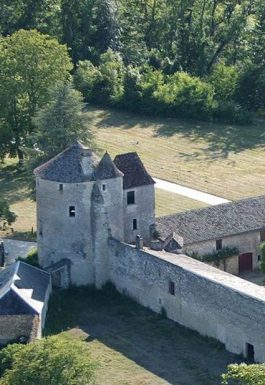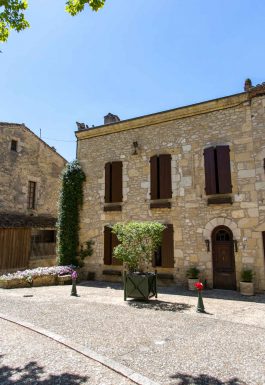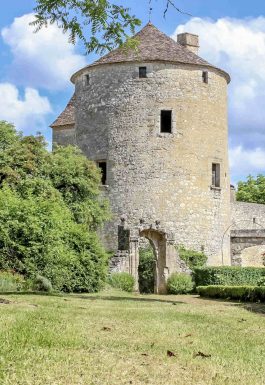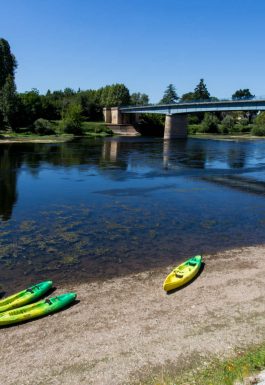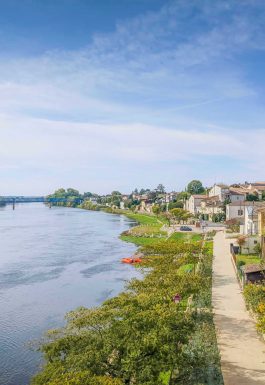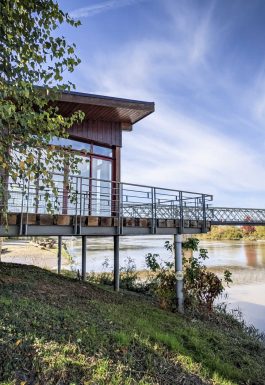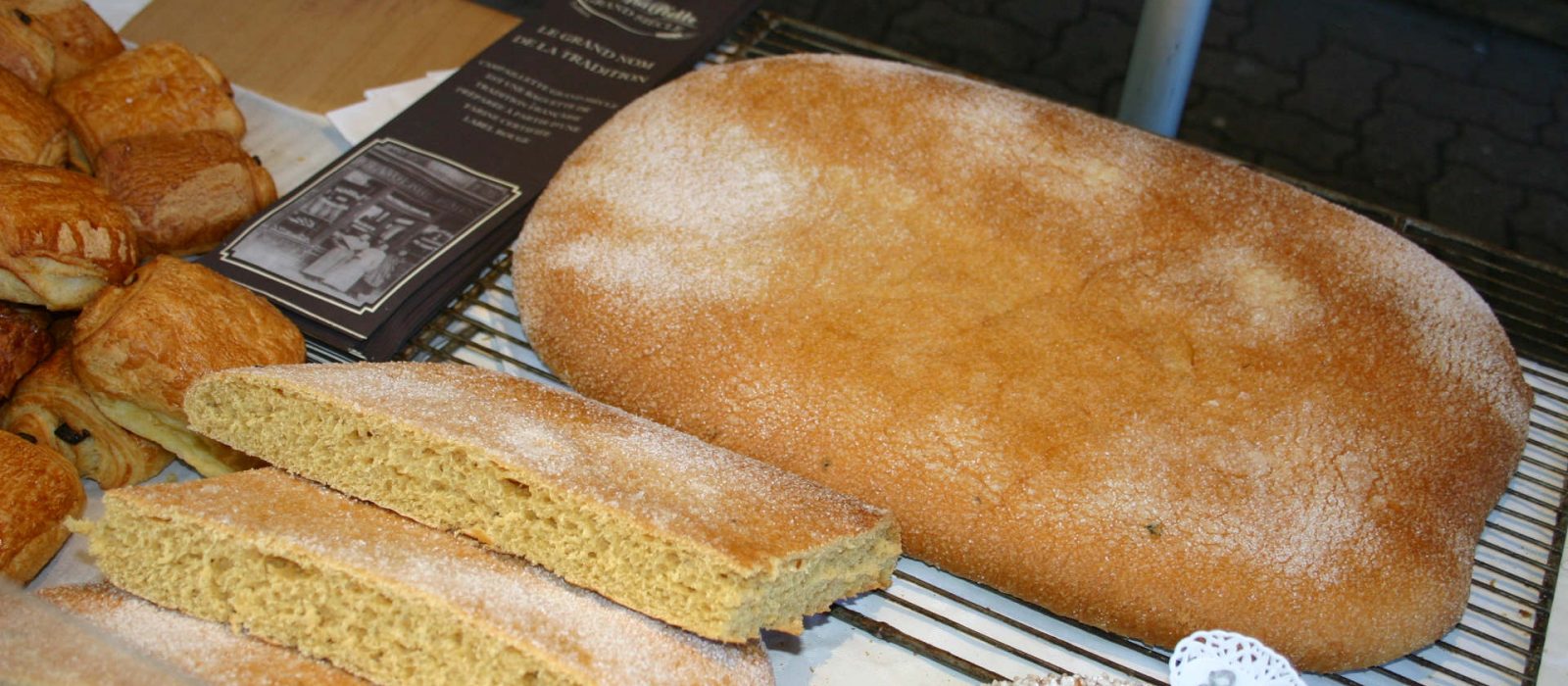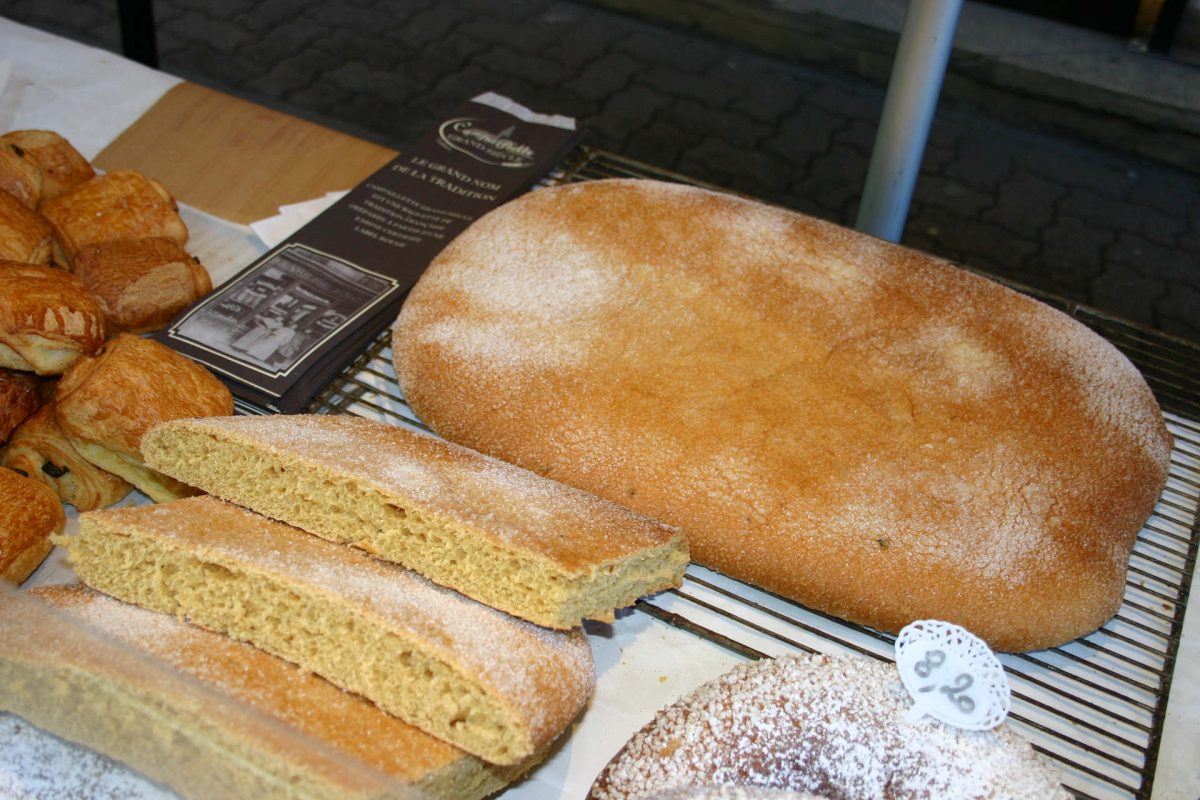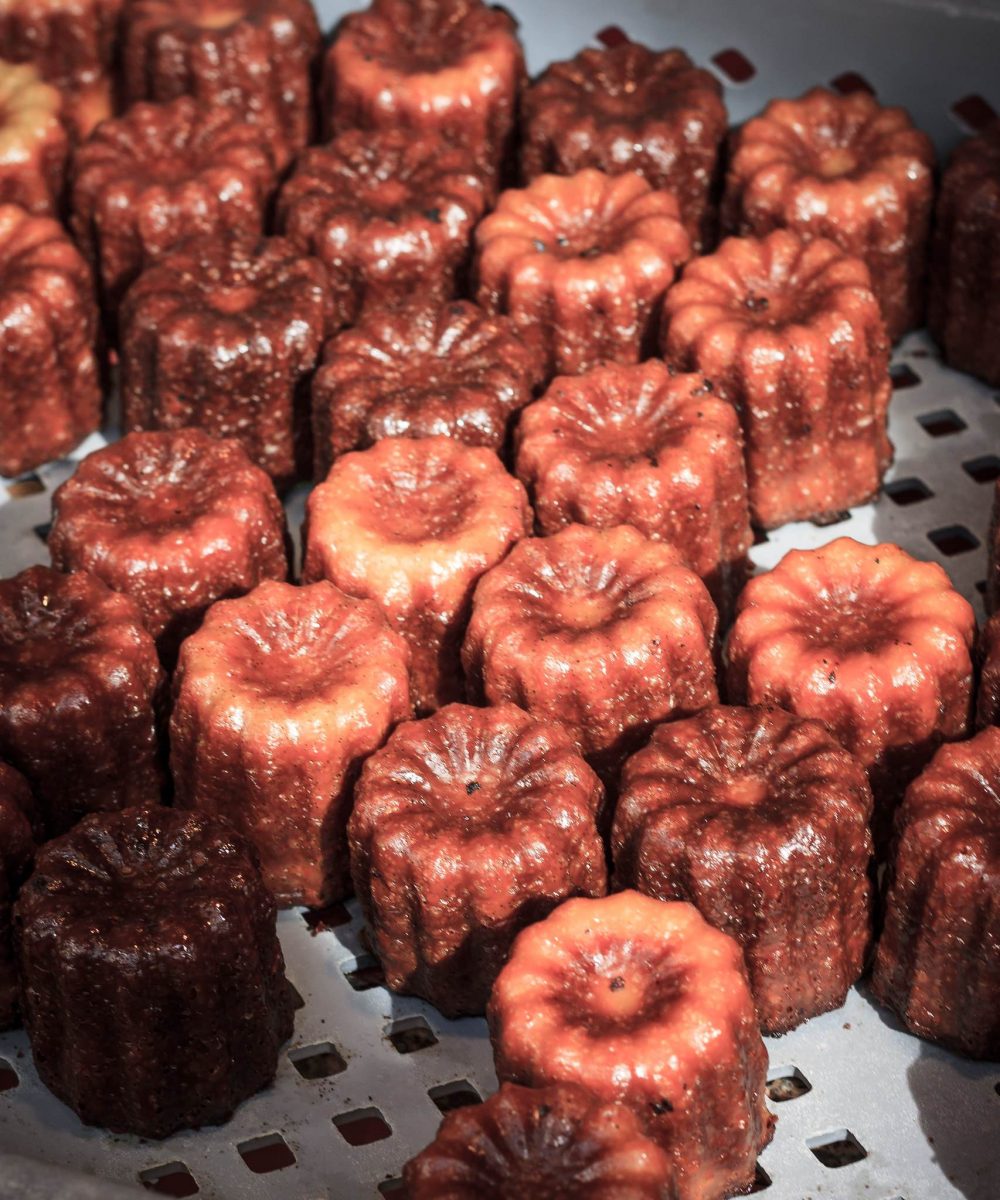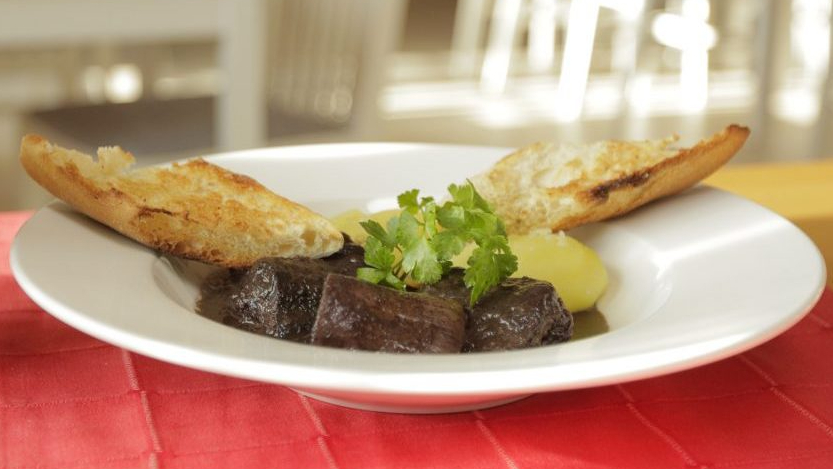Here gastronomy is part of our culture. It is an essential element of our art of living. Find on this page the history and description of the essentials of local gastronomy.
Analysis
The Alyse is a "popular" cake on a plate (40 x 60 cm) made from old-fashioned brioche. It was developed by Jean TAUZIN, a baker. His son Jacques, pastry chef in Castillon-la-Bataille, continued to make it according to the secret recipe handed down by his father.
Originally, Jean's idea was to create and offer this brioche as a snack for children. Since then, it has been delighting both young and old alike. It has been widely imitated but never equaled; the difference being the little secret of preciously preserved manufacturing.
The successors of Jacques put in the confidence, perpetuate the making of the Alyse as Jean had imagined it.
Ingredients: wheat flour, sugar, eggs, butter, yeast, lemon, milk.
Bordeaux canelé
Canelé is undoubtedly the most famous and representative pastry of the Bordeaux region. It is a small caramelized cake made from rum and vanilla.
In the region, it is customary to eat a canelé at coffee time (or even during gourmet coffee accompanied, for example, by vanilla ice cream).
At The Bordelaise lamprey
From a culinary point of view, in the Gironde, we particularly appreciate the recipe for "lamprey à la Bordelaise". During the preparation, we bleed the lamprey still alive to collect the blood and mix it with red wine (to prevent clotting). The body is then cut into pieces and cooked with leeks in the same wine.
It is then left to simmer for a few hours in the sauce which can be decorated with a bouquet garni (with aromatic plants). To spice up the dish, you can also add garlic croutons.
Lamprey à la Bordelaise goes very well with red wines from the Bordeaux region (it is customary to drink the same wine that was used for cooking the lamprey).
Bordelaise steak and vine shoots
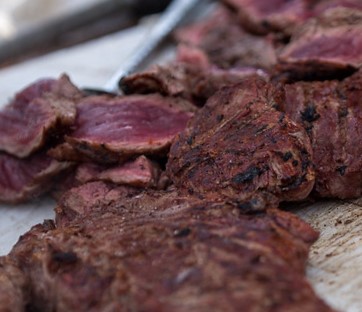
The entrecote is traditionally cooked in the region with a sauce called “à la Bordelaise” (or “merchant wine” sauce). We speak more specifically of Bordelaise sauce because, for its preparation, we use a reduction of red wine from the Bordeaux region that we generally mix with shallots, bone marrow, meat juice, thyme and pepper.
To cook the entrecote, ideally, it can be done on vine shoots. We then take a dry bundle of vine shoots, which we burn to create a heap of embers. The entrecote is then placed on a grill that is placed above these embers, which will allow a gradual and controlled cooking of the meat.
Once the cooking is finished, in general when you see the juice of the meat rising to the surface, you can then:
- place raw shallots on top of the meat, and cook for a few seconds before removing the entrecote from the grill to serve it
- or take the entrecote directly from the grill (without adding raw shallots) to serve it in a dish by adding our Bordelaise sauce previously prepared
As for the entrecote, there are excellent meat breeds in the region, such as the Blonde d'Aquitaine but especially the Bazadaise, a breed that comes from the region of Bazas (in Gironde) and which is renowned for being marbled, fine and tasty.
The entrecote goes very well with a red wine from the region as a Castillon Côtes de Bordeaux, Saint-Émilion, Fronsac, Pomerol , or a Sainte-Foy Côtes de Bordeaux.
